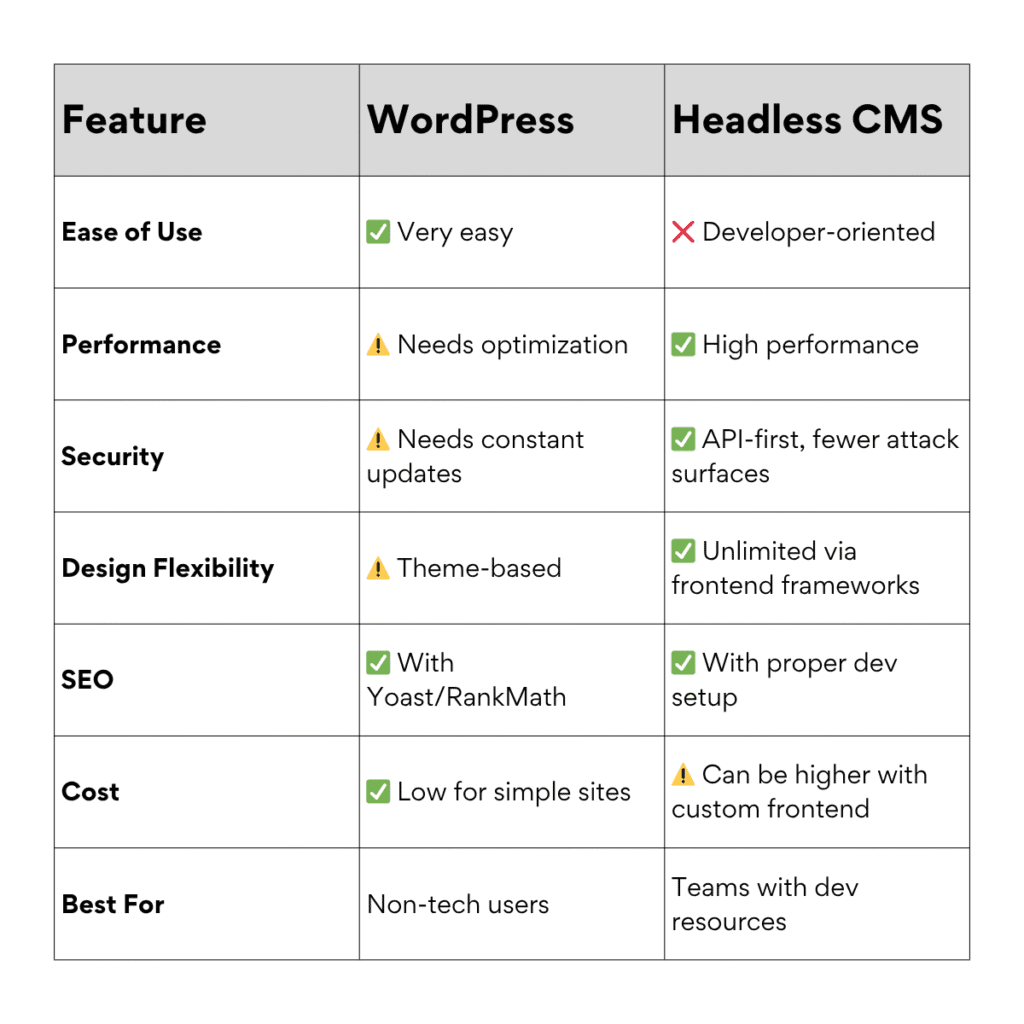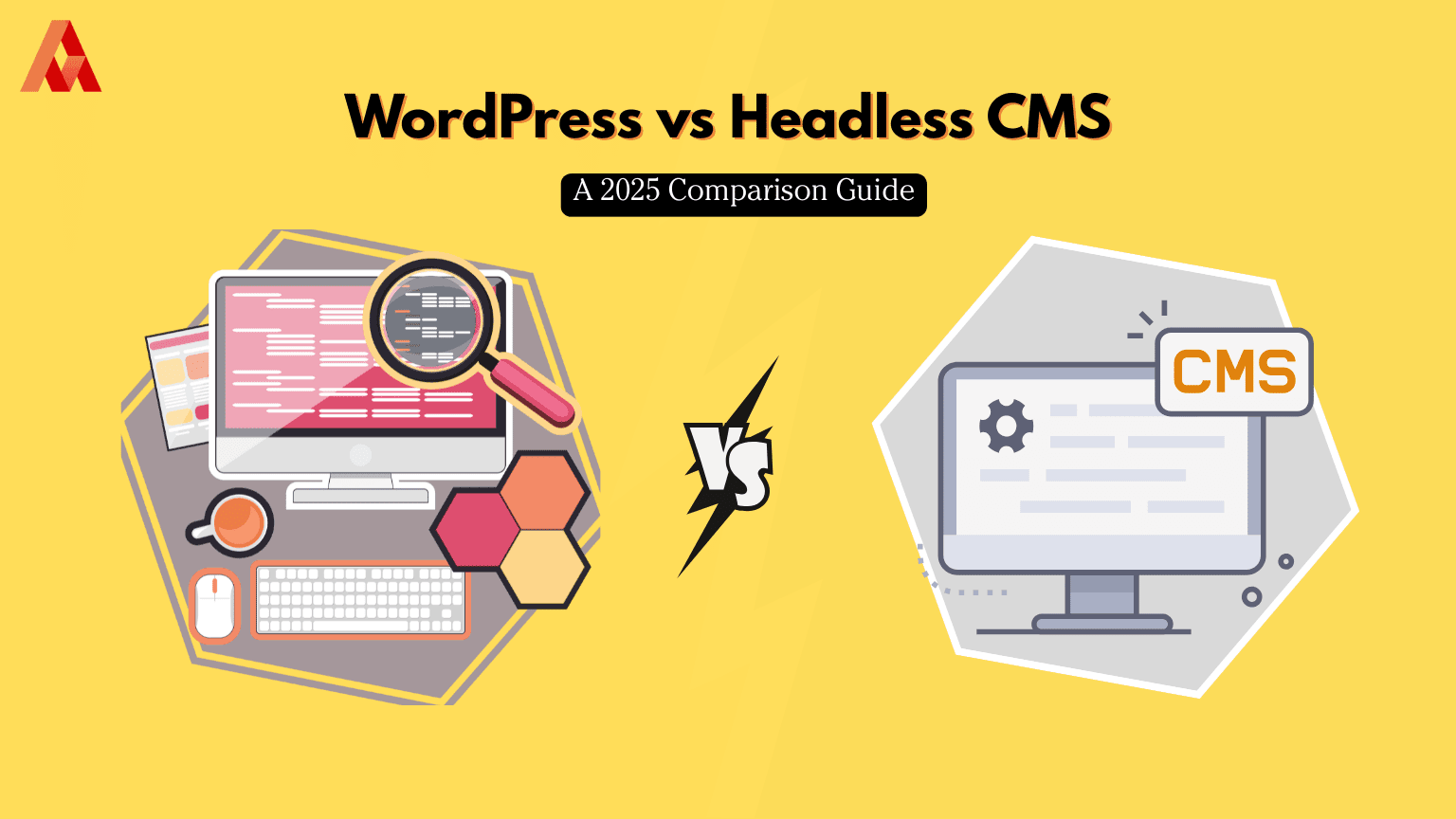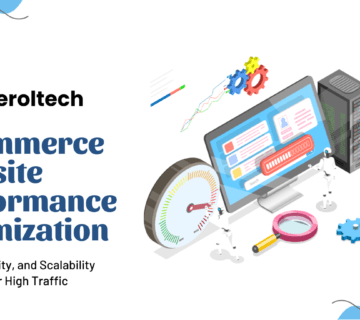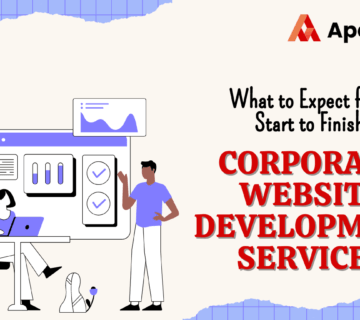WordPress vs Headless CMS — it’s one of the biggest decisions businesses face when choosing a content management system in 2025. In this guide, we’ll break down everything you need to know to make the right choice.
For businesses balancing SEO, content control, speed, and future-proof tech, understanding the pros and cons of each is crucial. In this guide, we break down how both platforms work and help you choose the right CMS for your digital goals.
What is WordPress?
WordPress is the world’s most popular open-source CMS, powering over 40% of the web. It uses a monolithic architecture, meaning the backend (admin/dashboard) and frontend (what users see) are tightly coupled.
Key Features:
- Easy-to-use admin panel
- Thousands of plugins & themes
- Built-in blog and media tools
- Strong community support
Best For:
- Bloggers
- Small to mid-sized businesses
- Content-heavy marketing websites
What is a Headless CMS?
A Headless CMS decouples the backend (where content is created) from the frontend (how it’s displayed). Content is delivered via APIs, giving developers full freedom to render it anywhere — websites, apps, smart devices, etc.
Popular headless platforms include:
- Strapi
- Contentful
- Sanity
- Prismic
- Hygraph
Best For:
- Scalable web apps
- Multi-platform content delivery
- Jamstack or modern frontend frameworks (React, Vue, etc.)
WordPress: Pros and Cons
Pros:
- Beginner-friendly, no-code dashboard
- Extensive plugin ecosystem (SEO, security, design)
- Affordable for basic needs
- SEO-ready out of the box
Cons:
- Slower performance without optimization
- Can be vulnerable without updates
- Limited design flexibility if you’re not using a custom theme
Headless CMS: Pros and Cons
Pros:
- Faster load speeds with decoupled frontends
- Future-proof with omnichannel delivery
- Total design freedom for developers
- Scalable and API-driven
Cons:
- Requires technical setup
- No built-in frontend
- Content previewing can be complex without plugins
WordPress Vs Headless CMS: Feature-by-Feature Comparison

When to Choose WordPress
- You’re launching a content-focused website or blog
- You want a fast, no-code setup
- You rely heavily on plugins
- Your team lacks in-house developers
When to Choose Headless CMS
- You need lightning-fast performance
- You’re targeting multiple platforms (web, mobile, kiosk, etc.)
- You’re building with modern JavaScript frameworks
- You want full control over design and performance
Conclusion: WordPress vs Headless CMS — What’s Right for You?
The best CMS depends on your team’s skills, performance goals, and project scale.
- Go with WordPress if you want a ready-made CMS with minimal dev work.
- Choose Headless if you need custom frontend performance, scalability, and omnichannel delivery.
As digital demands evolve, more teams are combining both — using WordPress as a headless backend or migrating to Jamstack completely.
Need Help Choosing the Right CMS for Your Project?
At AperolTech, we’ve helped startups, eCommerce brands, and B2B platforms build lightning-fast, scalable sites using:
- Custom WordPress setups
- Headless CMS with React/Vue frontends
- Performance-first SEO strategies
Whether you’re re-platforming or starting from scratch, we’ll help you pick the right CMS for long-term success.
🔗 Talk to an expert or explore our Web Development Services to learn more.



No comment